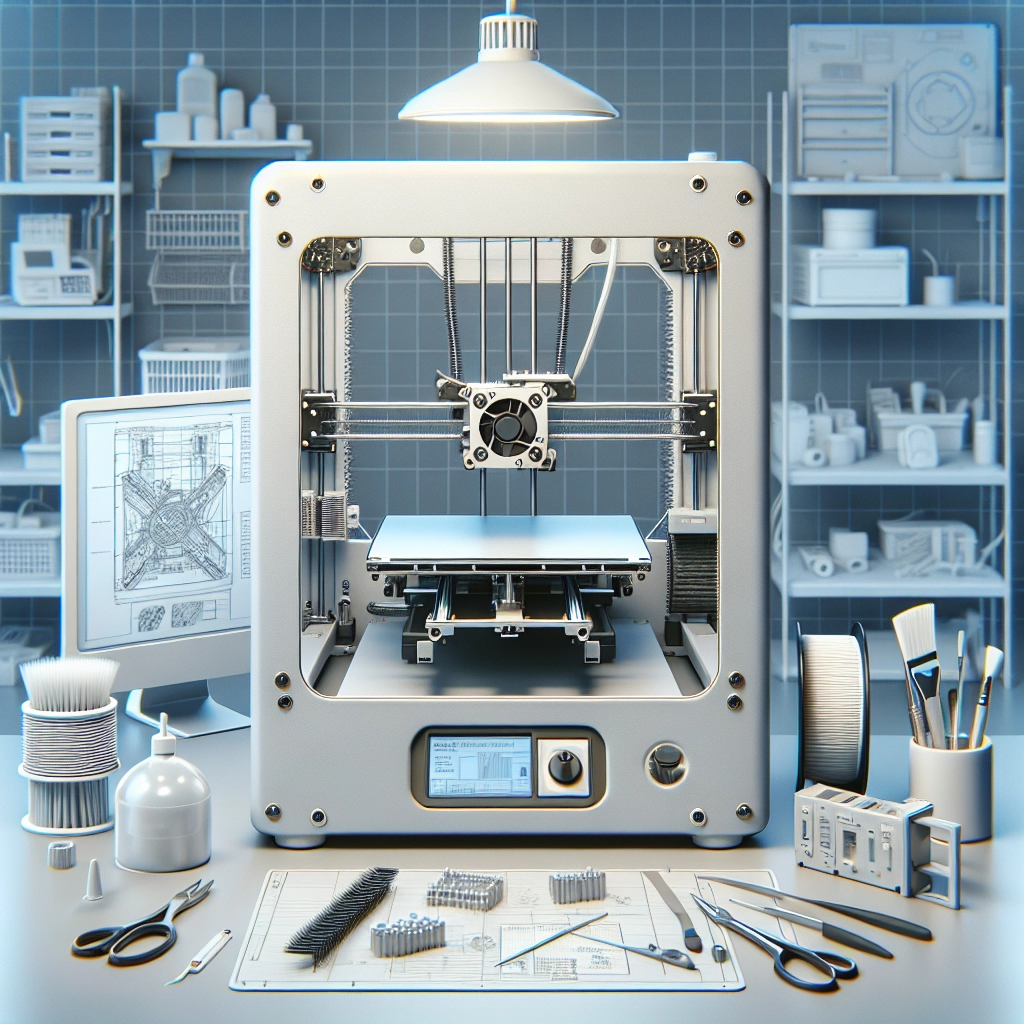Tips for Maintaining Your 3D Printer for Long-Lasting Use
If you’ve recently jumped into the world of 3D printing, you’re probably already amazed by the endless possibilities this technology offers. From creating custom designs to prototypes, a 3D printer can be an incredible tool. However, like any machine, it requires a bit of TLC to keep it running smoothly. If you want to get the most out of your investment and ensure your printer lives a long, fruitful life, here are some tips on how to maintain your 3D printer effectively.
Keep It Clean
One of the simplest yet most critical aspects of 3D printer maintenance is cleanliness. A messy printer can lead to major issues, including failed prints and even damage to components.
-
Regular Dusting: Wipe down the exterior and interior components like the frame and print bed regularly to prevent dust buildup. Use a soft cloth or a brush specifically designed for electronics.
-
Check the Extruder: Material can build up in the nozzle and other extrusion parts. Make it a habit to clean the extruder regularly. You can use a needle to carefully unclog it if you notice any blockages.
-
Filament Care: Store your filament in a dry place. Moisture can make it brittle and less effective, leading to problems during printing. Consider using vacuum-sealed bags with silica gel to keep those pesky humidity levels at bay.
Lubricate Moving Parts
3D printers are made up of many moving parts, and keeping them lubricated ensures smooth operation. Look closely at the rods and lead screws; they need to glide effortlessly for your prints to be precise.
-
Choose The Right Lubricant: Use a grease or oil that is suitable for your printer’s materials. For metal components, a lithium-based grease works great, while PTFE oil is typically recommended for plastic parts.
-
Frequency of Lubrication: Establish a regular schedule—perhaps every few weeks or after a large printing project. Just a small amount of lubricant goes a long way, so don’t overdo it!
Bed Maintenance
Your print bed is the foundation of your 3D printing success. A well-maintained bed contributes significantly to the quality of your prints.
-
Level the Bed: After several prints, you might notice that your bed isn’t properly leveled. Use a piece of paper or a feeler gauge to check the distance between the nozzle and the bed’s surface to ensure it’s just right.
-
Surface Treatment: Depending on the bed material, you might want to apply a thin layer of adhesive (like glue stick or hairspray) before printing. This helps the filament adhere better and can make removal easier afterward.
Regular Calibration
Calibration is key to maintaining print quality. You’ll want to check calibration settings periodically, especially if you notice print quality diminishing.
-
First Layer Height: The first layer is crucial for overall print success. Make sure the nozzle height is set appropriately to create a good initial adhesion.
-
Filament Settings: Different filament types require different settings regarding temperature, speed, and cooling. Be sure to double-check settings when switching materials.
Monitor Your Prints
Nothing teaches you about your printer quite like watching it in action. Being attentive during print jobs can prevent larger issues down the road.
-
Watch for Issues: Pay attention to how your prints are coming out. If you notice inconsistent extrusion, slipping, or other anomalies, it might be time to troubleshoot before it escalates to something complicated.
-
Document Issues: Keep a journal of print sessions. Jot down any problems you encounter and solutions that worked. This habit can prove invaluable for future reference.
Software and Firmware Updates
Just like your smartphone or computer, your 3D printer may require updates to keep everything running smoothly.
-
Check for Updates: Stay informed about software and firmware updates. Manufacturers often provide improvements and fixes that can enhance performance.
-
Learn From The Community: Join online forums and groups dedicated to your specific printer model. Other users’ experiences can often shed light on effective practices or potential pitfalls.
Maintaining your 3D printer need not be a daunting task! By implementing these simple tips into your routine, you can ensure that your 3D printer remains in tip-top shape for years to come. Like any craft, a little regular care goes a long way. Embrace the journey of both creation and maintenance, and you’ll not only extend the life of your printer but elevate the quality of your projects as well. Happy printing!

